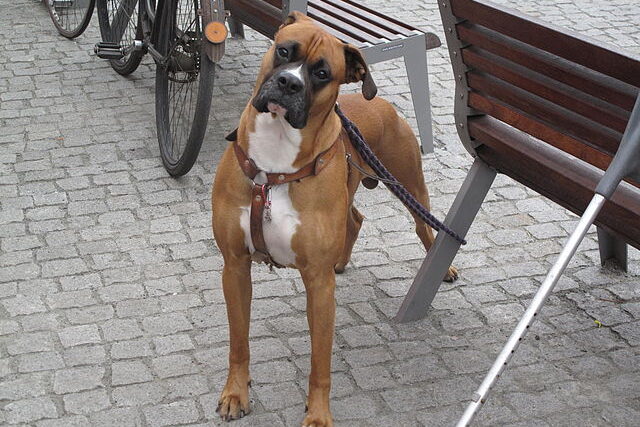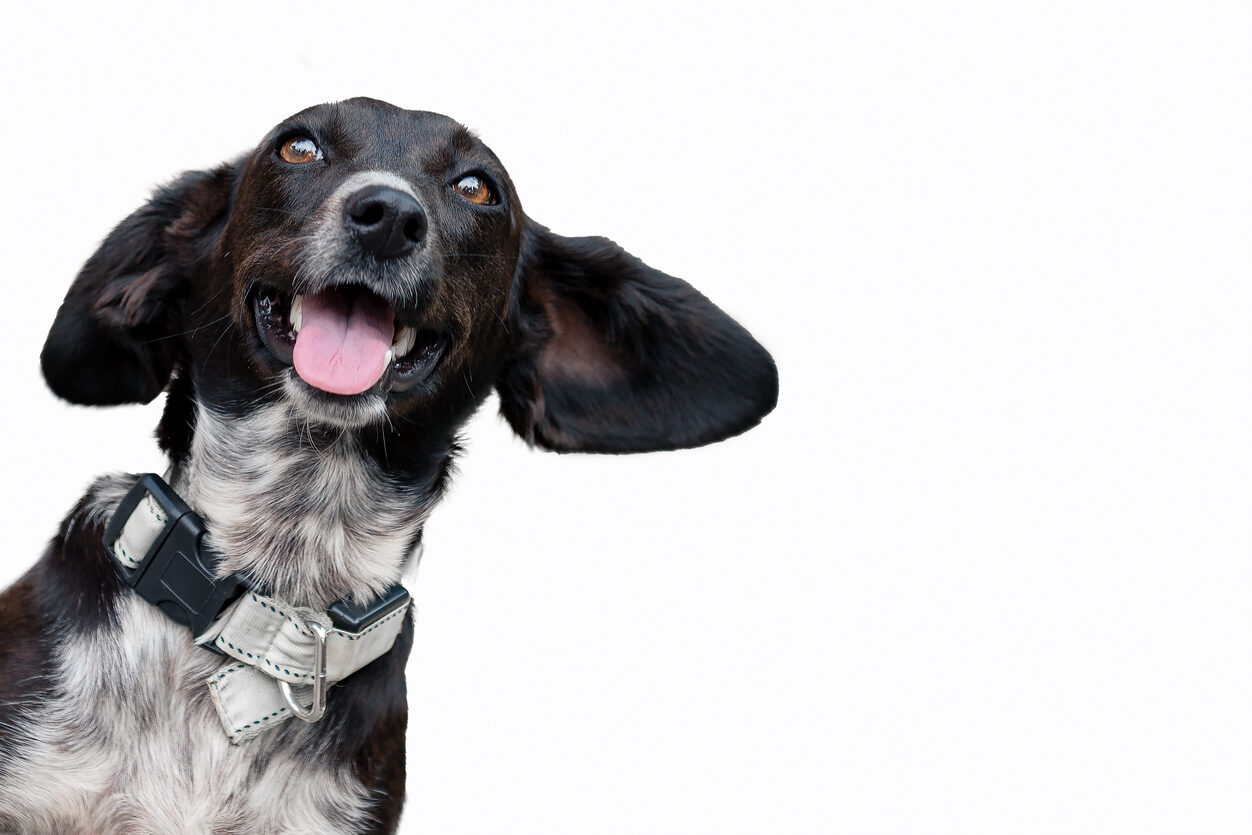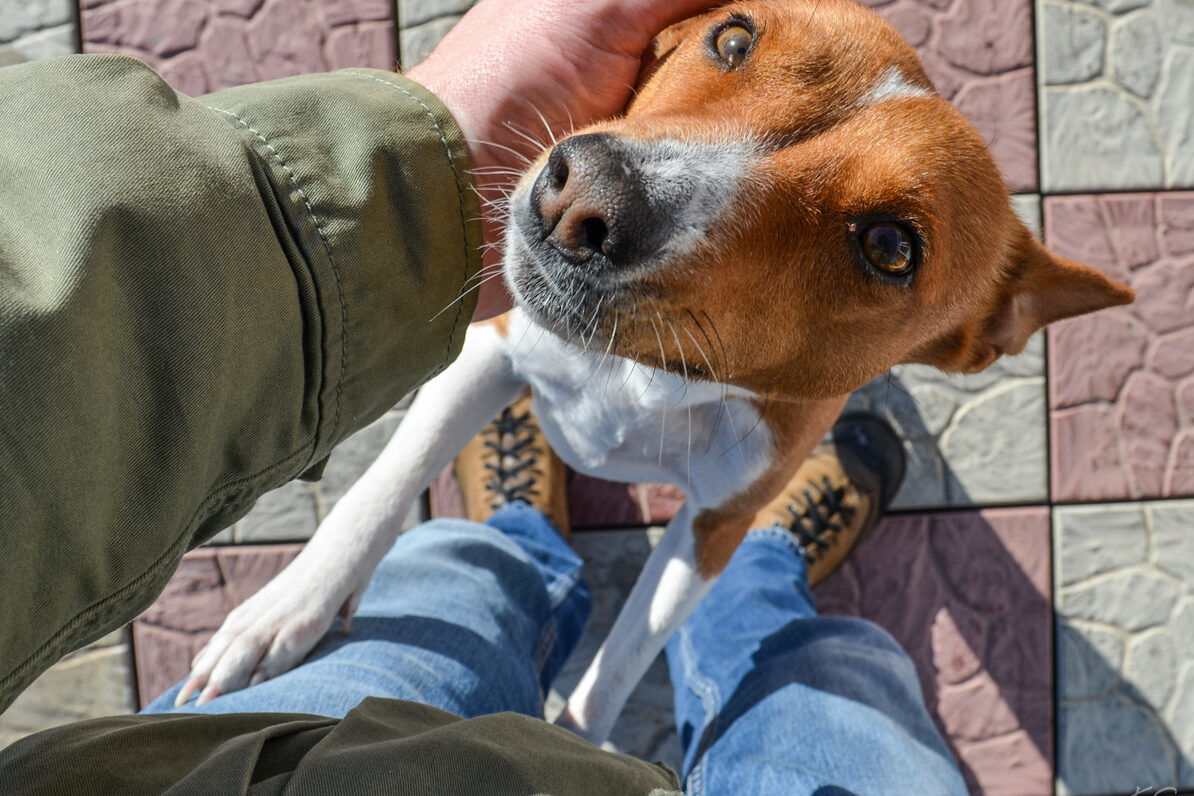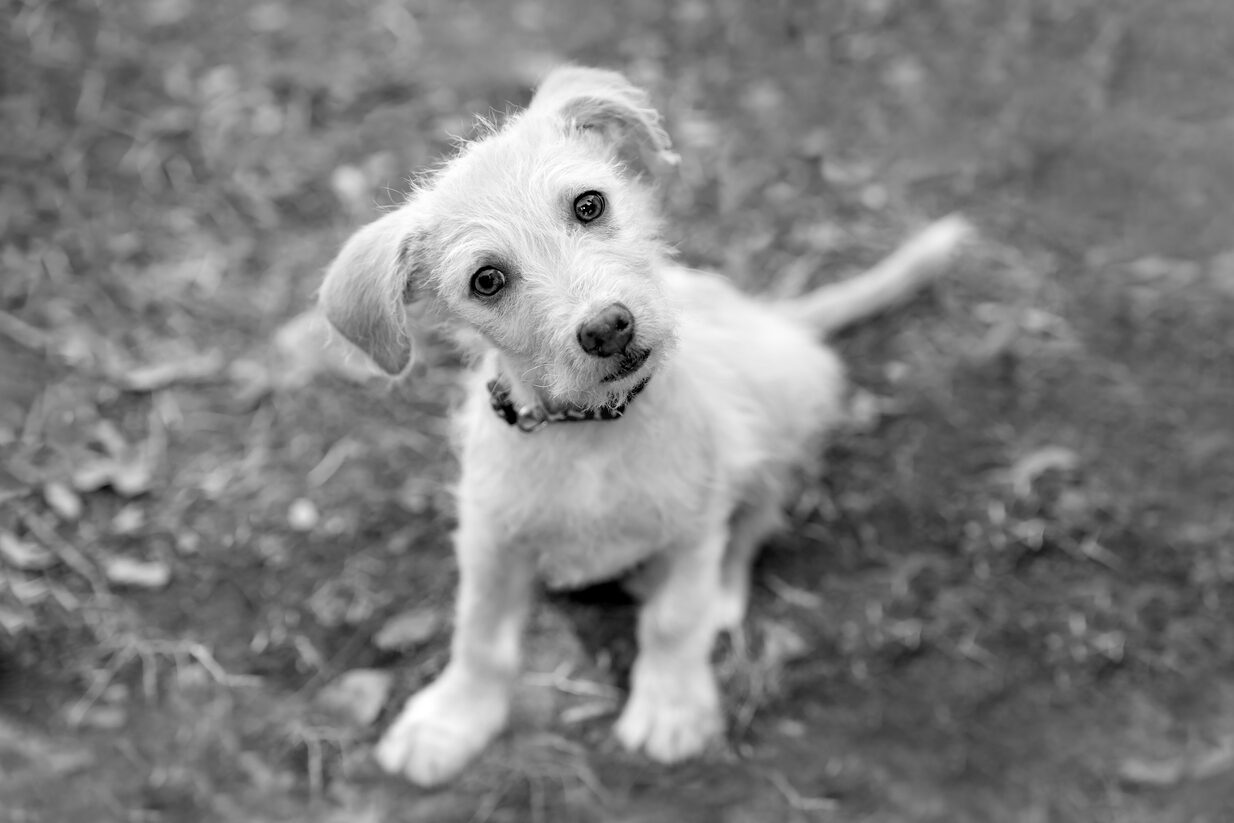Listening Closely

Ever wondered why your furry friend’s head takes a charming bend? It’s like they’re fine-tuning their inner ear, you see, trying to catch every little sound you decree. When you speak with a tone that’s a bit unclear, they might just tilt to make the message adhere more precisely. It’s their way of saying, “Could you repeat that, please?” with an adorable twist that’s sure to appease. They’re not just being cute; there’s a reason behind the lean, a genuine effort to understand what you mean.
Experts in canine communication suggest that a dog’s head tilt can be related to their auditory processing. By tilting their head, they may be slightly adjusting the position of their ears to better pinpoint the source of a sound or to differentiate between similar sounds. This adjustment could help them process the nuances of your voice, especially when the sound is coming from an unfamiliar direction or when you’re using words they don’t often hear. It’s a focused attempt to gather more information through their keen sense of hearing.
Seeing Clearly

A tilted head might also be a visual quest, helping your pup see things at their very best. Their muzzle can sometimes get in the way, you know, blocking their view of what you might show. So, a little head shift can provide a new angle, allowing them to see you without any visual tangle. It’s like they’re saying, “Let me get a better look at you,” with a charming tilt that feels brand new. They’re trying to decipher your expressions with care, making sure no detail escapes their stare.
Veterinary ophthalmologists explain that a dog’s facial structure, particularly the length of their muzzle, can sometimes obstruct their vision, especially when looking directly at something close to them. By tilting their head, they can move their muzzle out of the way and gain a clearer, unobstructed view. This is particularly relevant when they are trying to read human facial expressions or focus on an object you are holding. The head tilt, in this context, serves a practical purpose in enhancing their visual perception.
Showing Empathy

When you’re feeling down, and your voice is low, a comforting head tilt your dog might bestow. It’s as if they’re mirroring your emotional state, showing they understand and can relate. Their tilted head seems to say, “I feel your sadness, too,” a silent gesture of empathy, honest and true. They pick up on your cues, both spoken and unseen, and their tilt is a way to show they’re truly keen on offering solace and unwavering support, a furry companion of the very best sort.
Animal behaviorists believe that dogs are highly attuned to human emotions and can display empathetic behaviors. A head tilt in response to a sad or questioning tone of voice might be a way for them to show engagement and concern. By mirroring our expressions or reacting to our emotional state, they are strengthening the bond they share with us and offering a non-verbal form of comfort. This empathetic response highlights their social intelligence and their deep connection with their human families.
Seeking Treats

Did you mention the word “treat” with a joyful sound? Watch how quickly their head will spin around! It’s like they’re hanging on every syllable you speak, hoping that delicious reward is what they’ll seek. The tilt might just be a sign of anticipation’s thrill, imagining the tasty morsel they’re about to fulfill their happy little taste buds. They’ve learned that certain words bring delightful surprise, and the head tilt is part of their eager disguise, a charming way to say, “Did I hear that right? A treat would make my day feel so bright!”
Dog trainers often note that dogs can associate specific words and tones with positive outcomes, such as receiving a treat. The head tilt in this context could be a learned behavior, where the dog has come to realize that this endearing gesture often elicits a positive response from their humans, including the delivery of the coveted treat. It’s a clever way for them to engage our attention and perhaps increase their chances of getting what they desire.
Understanding Commands

When you give a command, like “sit” or “stay,” their head might tilt in a curious way. It’s as if they’re processing your words with intent, trying to grasp exactly what you have sent. The tilt could mean they’re focusing with all their might, ensuring they understand your instructions just right. They’re eager to please and follow your lead, and the head tilt shows their earnest need to comply with your every decree, a loyal companion, happy to agree.
Cognitive researchers studying canine intelligence have found that dogs are adept at understanding human language and commands. The head tilt when receiving a command might indicate a heightened state of attention and cognitive processing. They are actively listening and trying to make sense of the specific words and their associated actions. This focused attention, sometimes accompanied by a head tilt, demonstrates their capacity for learning and their desire to respond correctly to our instructions.
Showing Confusion

If your words are perplexing, a bit of a muddle, their head might tilt in a thoughtful puddle of confusion. It’s their way of showing they’re not quite sure what you mean, a non-verbal question, a curious scene. The tilt seems to ask, “Could you explain it once more?” with an innocent look that you can’t ignore. They’re trying to piece together the puzzle you present, their tilted head a sign of cognitive ferment, a charming display of their attempt to comprehend the sounds that transcend.
Veterinary neurologists explain that when dogs encounter unfamiliar sounds or confusing verbal cues, they may exhibit a head tilt as part of their orienting response. This response involves focusing their attention and using their senses to gather more information about the stimulus. The head tilt, in this case, could be a sign that they are trying to make sense of something that doesn’t quite fit their expectations or understanding of familiar patterns.
Reacting to Sounds

A sudden noise, a peculiar sound, might make their head tilt and spin around. They’re trying to locate where the sound is coming from, using their ears like radar, overcoming any hum. The tilt helps them triangulate the source with precision, a natural instinct, a sensory mission. They’re curious creatures, always on alert, and a head tilt helps them assess what they’ve just been alert to, a quick investigation of the auditory spurt.
Experts in animal acoustics note that dogs have highly developed hearing abilities and can detect a wide range of frequencies. The head tilt can assist them in localizing the source of a sound more accurately. By slightly moving their head, they can compare the timing and intensity of the sound reaching each ear, allowing them to pinpoint its origin. This is a crucial survival skill and a natural response to auditory
Seeking Attention

that head tilt is a clever little ploy, a way to get your attention and fill you with joy. They know that adorable angle is hard to resist, a charming gesture that can’t be dismissed. It’s like they’re saying, “Look at me, aren’t I sweet?” a silent plea that’s almost guaranteed to meet with a loving gaze and perhaps a gentle pat, a master manipulator, where cuteness is at.
Many dog owners can attest to the fact that their dogs seem to use the head tilt strategically to gain attention. This could be a learned behavior, where the dog has realized that this particular posture often elicits a positive response from their humans, such as petting, talking, or even a treat. It’s a charming and effective way for them to engage with us and solicit interaction.
Showing Engagement

When you’re chatting away, telling them your day, their head might tilt in a focused display. It’s as if they’re truly listening to every single word, hanging on your narrative, every tale you’ve heard. The tilt shows they’re engaged and paying you heed, a devoted listener, fulfilling a vital need for connection and understanding. They’re part of the conversation in their own special way, their tilted head a sign that they want to stay connected throughout the day.
Studies on canine behavior suggest that dogs are highly social animals who seek interaction with their human companions. A head tilt during conversation could be a sign of their active engagement and interest in what you are saying. Even if they don’t understand the specific words, they are likely picking up on your tone of voice, body language, and emotional cues, and the tilt is a way of showing they are present and attentive.
Expressing Curiosity

An unfamiliar object, a sight they’ve not seen, might trigger a head tilt, so curious and keen. It’s their way of investigating something brand new, trying to make sense of it from a different view. The tilt seems to say, “What is this strange thing I see?” a moment of wonder for all to agree. They’re exploring their world with an open mind, and the head tilt helps them leave no detail behind, a charming expression of their inquisitive kind.
Dogs are naturally curious creatures, and they use all of their senses to explore and understand their environment. A head tilt when encountering something new or unusual could be a part of their investigative process. By changing the angle of their head, they might be trying to get a better visual perspective or to process unfamiliar scents or sounds associated with the object. It’s a sign of their active engagement with the world around them.
Remembering Words

Have you taught them a trick, a word they recall? Their head might tilt when you say it, standing up tall. It’s as if they’re searching their memory’s deep space, trying to connect the word with its rightful place. The tilt could be a sign of cognitive retrieval, as they access the meaning, making their understanding revival. They’re linking your command with the action they know, and the head tilt helps that connection grow, a visible sign of their learning flow.
Cognitive research has shown that dogs can learn and remember a significant number of words and commands. When they hear a familiar word, particularly one associated with an action or a reward, they access that memory. The head tilt in this context might be a physical manifestation of that cognitive process, as they focus their attention and retrieve the associated information. It’s a brief moment of concentration as they prepare to respond appropriately.
Just Being Adorable

Let’s be honest, sometimes it’s just for the charm, a head tilt so cute, it could do no harm. They’ve likely learned that this endearing display melts our hearts and brings smiles our way each and every day. It’s a natural talent, a captivating pose, a way to connect with us, as everyone knows. So, while there are reasons behind the lean, sometimes it’s pure sweetness, a charming scene, a simple way to remind us of their love so pure, a gesture that makes our bond forever endure.
While there are various functional reasons why dogs might tilt their heads, it’s also possible that they have learned that this behavior elicits positive attention from their human companions. Our delighted reactions to this adorable gesture may reinforce the behavior, leading them to tilt their heads more often, especially when they are seeking affection or interaction. Ultimately, this charming quirk is just one of the many endearing ways our dogs connect with us and enrich our lives.


